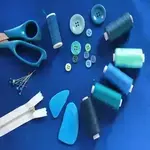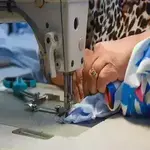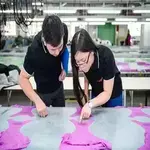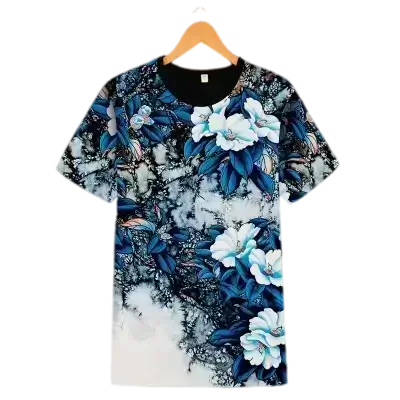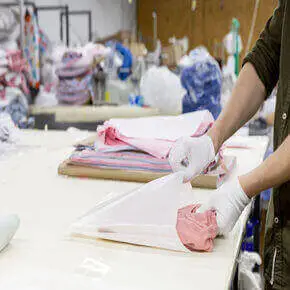Custom High-Quality Attire Production Facility for Private Label Brands
As a leading custom sustainable clothing manufacturer for startups, we tailor our services to meet the unique needs of businesses, from emerging fashion startups to established brands. Our expert team collaborates closely with you to bring your vision to life, ensuring exceptional fit, quality, and attention to detail.


